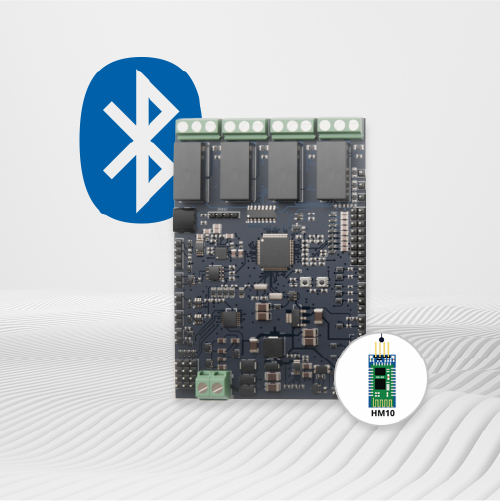
OIn April 2025, development of R1BBIT ONE reached an important milestone — we achieved stable communication between the board and a smartphone through the integrated Bluetooth module. This step was more than a technical detail: it marked the beginning of real interaction between hardware and the user, where control and monitoring can be performed directly from a mobile device.
During this stage, we focused on testing the wireless stack and ensuring reliable data exchange. The board was configured to pair quickly with a smartphone, and initial commands could already be executed from the mobile application. This included basic operations such as sending sensor readings, switching relays, and driving connected servos. Even at this early stage, it demonstrated the flexibility of the architecture and the potential for simple, direct control without additional hardware.
Parallel to hardware integration, work continued on the application side. The mobile app was updated to recognize R1BBIT ONE over Bluetooth, display connected devices, and provide a clean interface for data visualization. Our aim was not only to establish connectivity, but also to create a user experience where the setup feels natural: open the app, connect the board, and immediately see results.
This achievement also laid the foundation for our future scripting environment. By ensuring stable Bluetooth communication first, we created a reliable channel through which user scripts, widgets, and cloud services will later interact.
The April milestone confirmed that the concept works as intended: R1BBIT ONE can already connect, exchange data, and respond to user commands from a smartphone. The next steps will focus on refining the interface, strengthening stability, and preparing for wider integration with the R1BBIT ecosystem.

